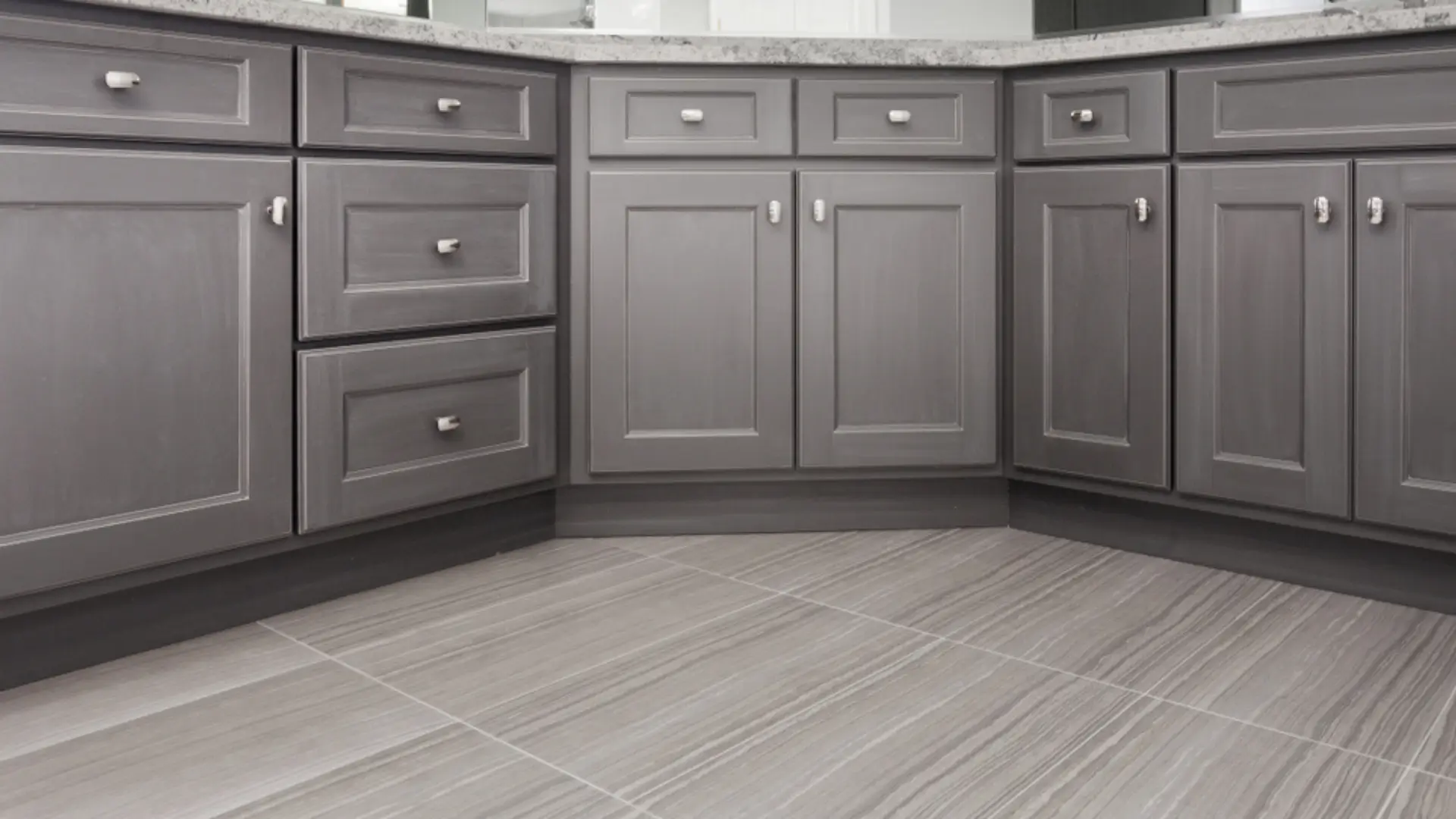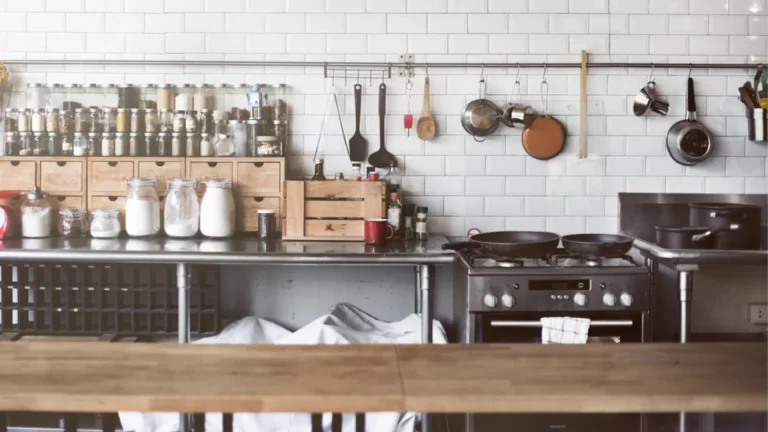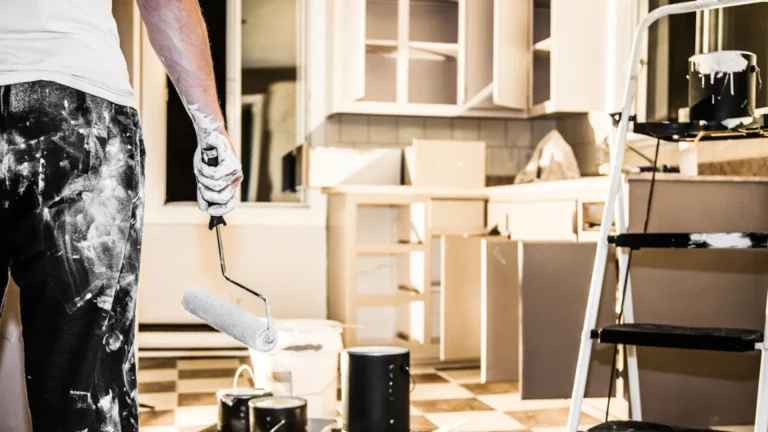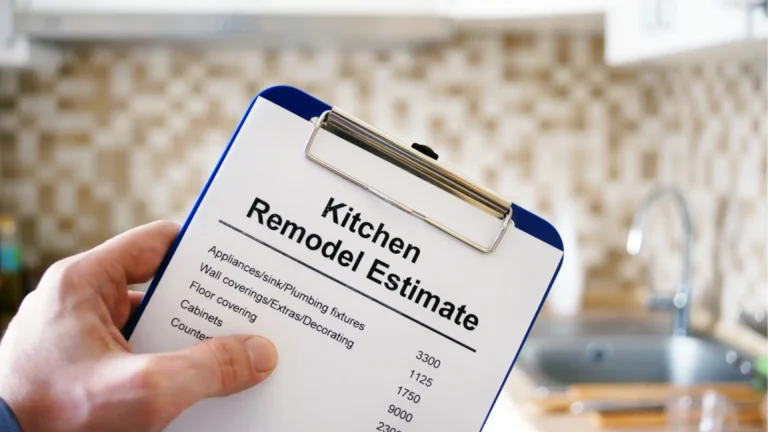Where to Put Knobs and Handles on Kitchen Cabinets? – A Comprehensive Guide

Deciding on where to put knobs and handles on kitchen cabinets can significantly affect the functionality and aesthetic appeal of your kitchen. This choice is not just about personal style but also about practicality and ease of use. Cabinet hardware, though small in size, plays a critical role in the overall look and feel of your kitchen space. It’s the details that count, and knowing the right placement can transform your kitchen from good to great.
Types of Cabinet Hardware
Cabinet hardware is the jewelry of your kitchen, accentuating its style and enhancing its functionality. Each type of hardware, from knobs to pulls, adds a different element of design and usability.
1) Knobs
Knobs are small and often round, offering a classic look that works well with a variety of cabinet styles. They’re typically used on cabinet doors and can be made from various materials, including metal, glass, and ceramic, allowing for a range of aesthetic choices.
2) Pulls
Pulls are larger than knobs and offer a more substantial grip. They are available in many sizes and styles, making them suitable for both drawers and cabinets. Pulls are particularly useful in a kitchen where functionality is paramount, providing ease of access to storage spaces.
3) Cup Pulls
Cup pulls offer a vintage or traditional look, reminiscent of old-world kitchens. They are typically used on drawers, providing a comfortable pull with their half-moon shape that allows for a firm grip.
4) Edge, Tab, Finger Pulls
For a modern, minimalist kitchen, edge, tab, and finger pulls are the go-to options. These hardware types are sleek and often blend seamlessly with the cabinet front, offering a clean and unobtrusive appearance.
Why Does Hardware Placement Matter?
The placement of cabinet hardware can impact both the aesthetics and functionality of your kitchen. Correctly positioned knobs and handles make cabinets easier to use and can complement the design of your space, ensuring a cohesive look. Misplaced hardware, on the other hand, can detract from the beauty of your kitchen and lead to awkward or uncomfortable use.
How to Select the Right Kitchen Cabinet Hardware?
Selecting the right kitchen cabinet hardware involves considering both style and function. It’s important to choose hardware that complements the overall design of your kitchen while ensuring it meets your usability needs. Consider the finish and material of your hardware in relation to your kitchen’s color scheme and the ease of maintenance.
What Are Cabinet Stiles and Rails?
Cabinet stiles and rails form the framework of cabinet doors. Stiles run vertically, while rails run horizontally. Understanding these components is crucial when deciding on hardware placement, as knobs and pulls are typically positioned on the stiles for doors and centered on the rails for drawers.
Preparation Tips for Placing Cabinet Hardware
Proper preparation can simplify the installation process. Measure carefully to ensure consistent placement across all cabinets and drawers. Use a template or jig to mark the drill holes accurately, preventing misalignment or damage to your cabinetry.
Is Installing Kitchen Cabinet Hardware Hard?
Installing kitchen cabinet hardware is a manageable DIY project, but it requires precision and patience. The difficulty level can vary depending on the type of hardware and cabinets you have. Using the right tools and taking your time to measure accurately can make the process smoother.
Hardware Placement on Cabinet Doors
1) Cabinet Knob Placement
Knobs on cabinet doors should be positioned approximately 2.5 to 3 inches from the bottom corner of the door for base cabinets and the same distance from the upper corner for wall cabinets. This placement is both aesthetically pleasing and functional.
2) Cabinet Pulls / Cup Pulls Placement
Pulls and cup pulls on doors should be placed horizontally on stiles and positioned for ease of access. The bottom of the pull typically aligns with the top of the lower rail on base cabinets or the bottom of the upper rail on wall cabinets.
Hardware Placement on Cabinet Drawers
1) Cabinet Knob Placement
For drawers, a single knob is often centered both horizontally and vertically. This placement ensures a balanced look and easy opening.
2) Cabinet Pulls / Cup Pulls Placement
Pulls and cup pulls on drawers should be centered horizontally within the drawer panel. For larger drawers, consider using two pulls for better functionality and balance.
Cabinet Knob Placement Tips
When placing knobs, consider the cabinet’s overall design and the ease of access. Knobs should be positioned so they are comfortable to use, without causing strain or requiring unusual movements.
FAQs
Conclusion
The placement of knobs and handles on kitchen cabinets is a detail that can significantly influence both the look and functionality of your kitchen. By considering the types of hardware, their placement, and the style of your kitchen, you can enhance both the usability and aesthetic appeal of your space. Remember, the right hardware in the right place not only adds to the beauty of your kitchen but also to its overall efficiency.


![How To Plan A Kitchen Remodel: A Comprehensive Guide [2024]](https://homifyco.com/wp-content/uploads/2024/02/how-to-plan-a-kitchen-remodel-768x432.webp)



